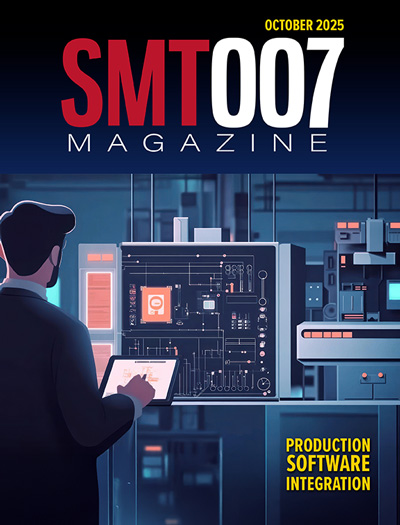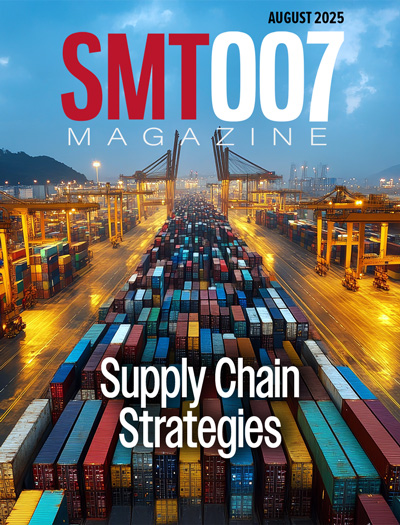-

- News
- Books
Featured Books
- smt007 Magazine
Latest Issues
Current Issue
Production Software Integration
EMS companies need advanced software systems to thrive and compete. But these systems require significant effort to integrate and deploy. What is the reality, and how can we make it easier for everyone?

Spotlight on India
We invite you on a virtual tour of India’s thriving ecosystem, guided by the Global Electronics Association’s India office staff, who share their insights into the region’s growth and opportunities.

Supply Chain Strategies
A successful brand is built on strong customer relationships—anchored by a well-orchestrated supply chain at its core. This month, we look at how managing your supply chain directly influences customer perception.
- Articles
- Columns
- Links
- Media kit
||| MENU - smt007 Magazine
Global Citizenship
Column from: Tom Yang
Tom Yang holds both a bachelor's and master's degree from California State University. After a few years working at an investment bank, he joined CEE, where he played key roles in the Zhuhai factory build-up and international business expansion. As the CEO, Tom now guides strategic decisions on behalf of the board. Having lived in Shanghai, Beijing, Hong Kong, Los Angeles, and San Francisco, he brings a unique global perspective to his leadership. With his ambition and dedication, Tom is driving CEE to new heights in the international arena.


